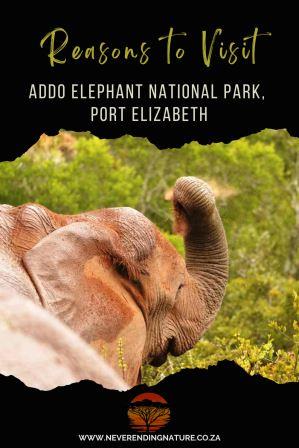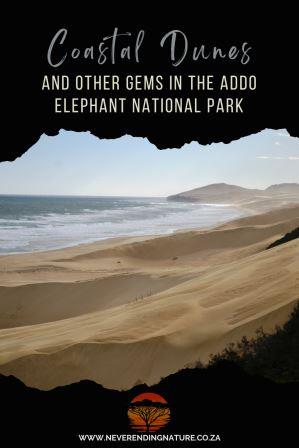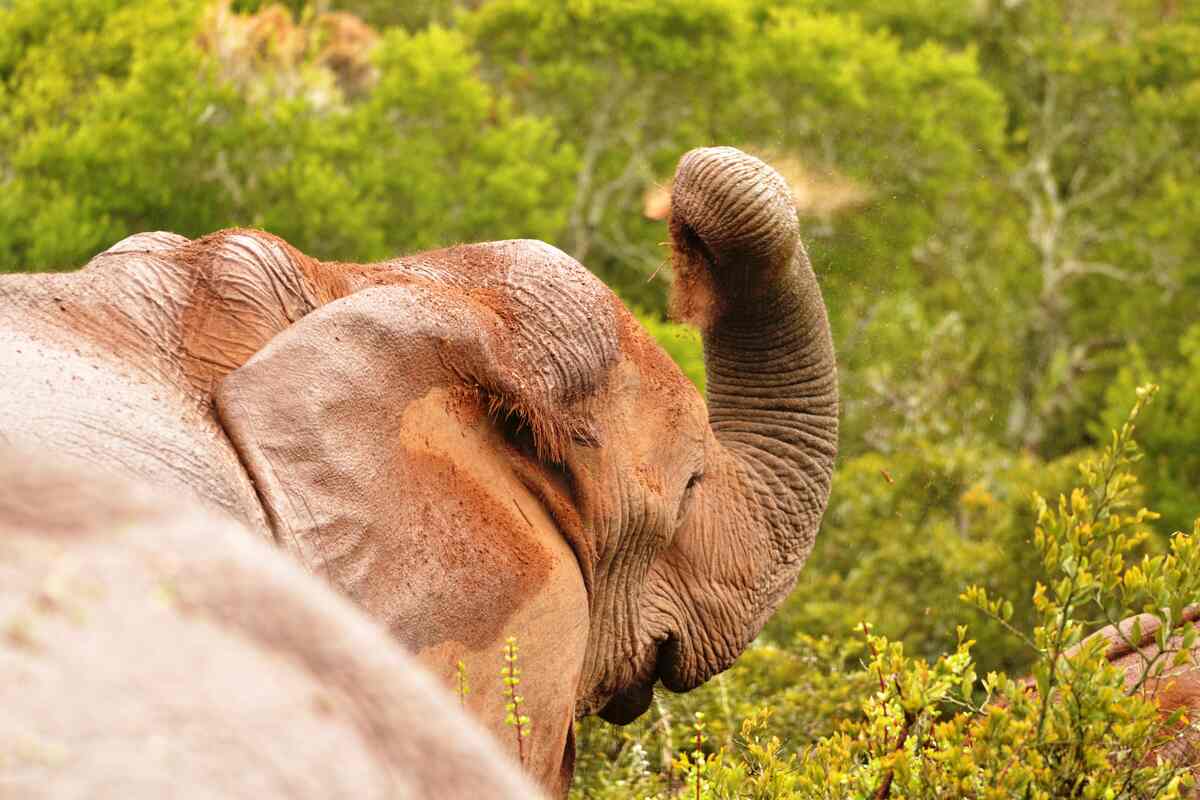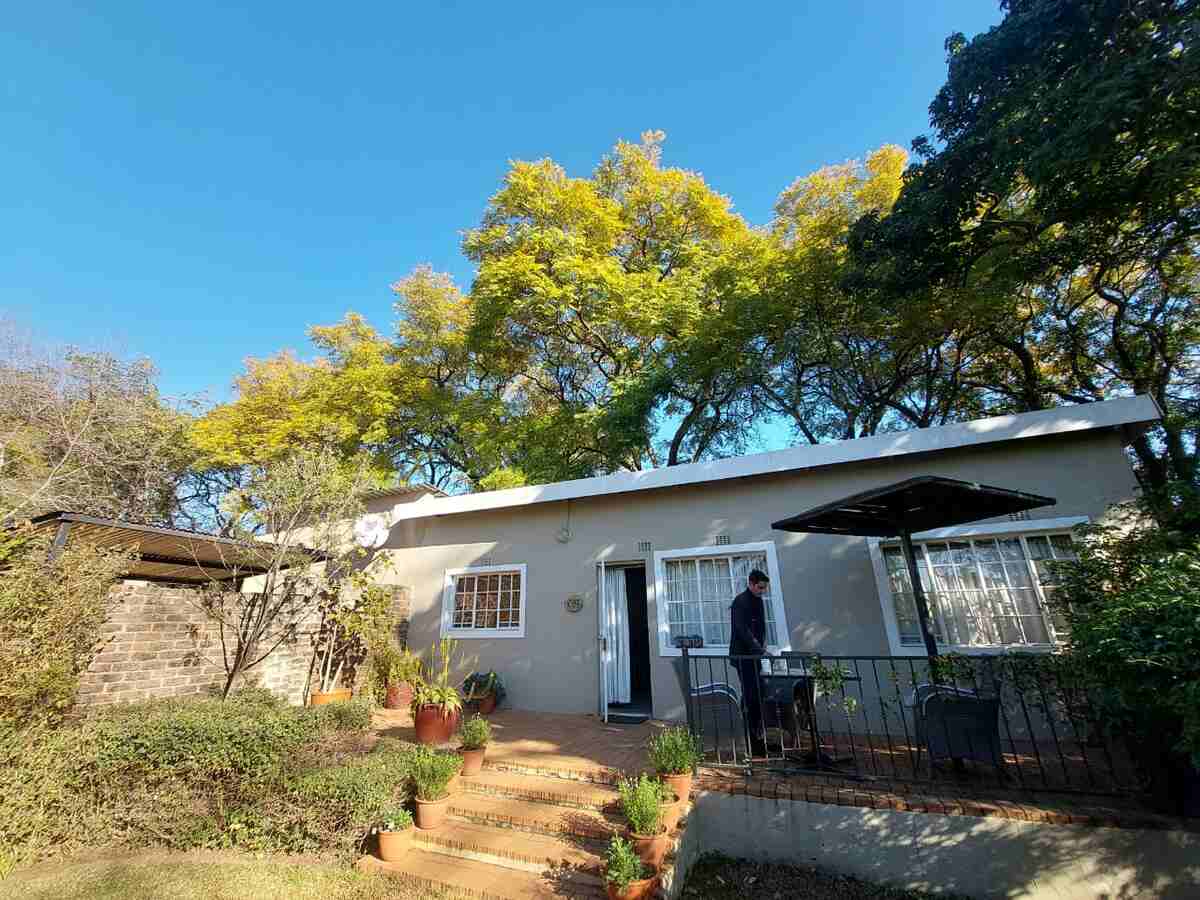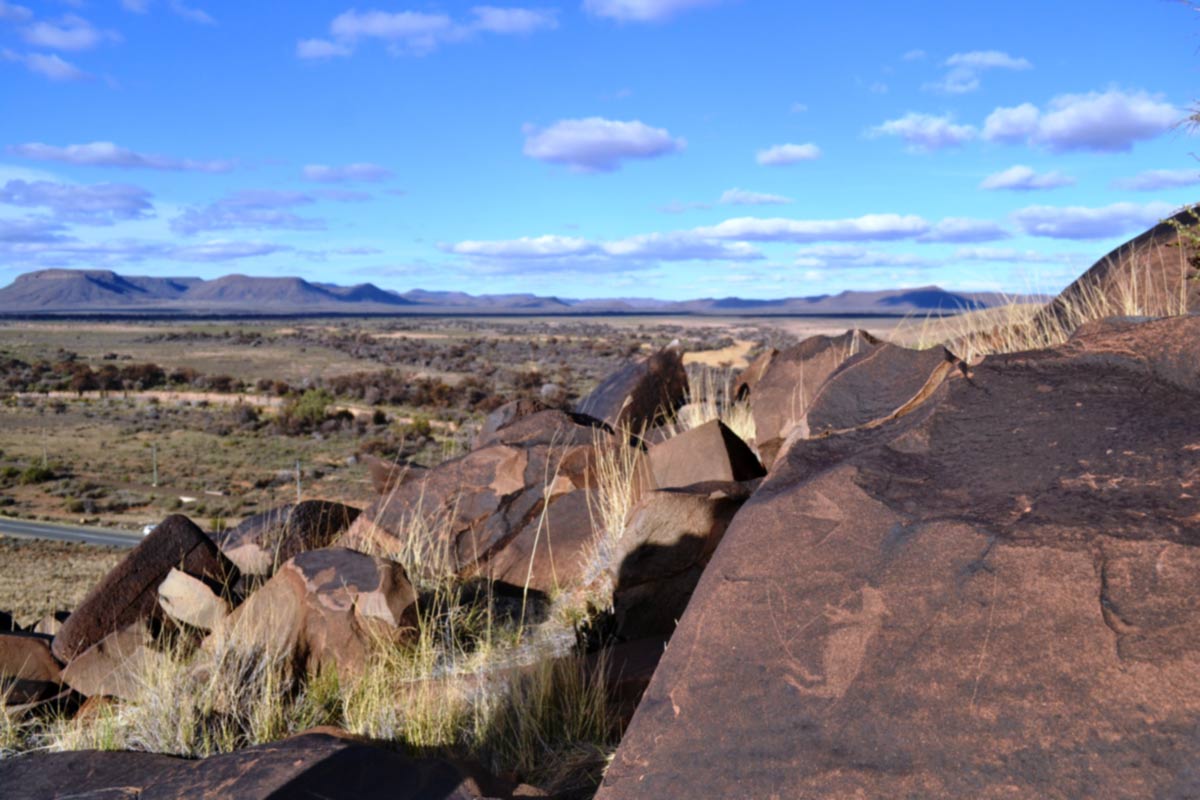Only 30 minutes from Gqeberha (formerly known as Port Elizabeth), the Addo Elephant National Park is one of South Africa’s most diverse and rewarding wildlife destinations. Whether you are chasing quiet moments in nature or unforgettable sightings, Addo delivers in buckets. Plus, it is South Africa’s only national park delivering the Big Seven (Big Five plus the great white shark and southern right whale at the coastal section)
Founded in 1931 to protect the last 11 elephants, this once-tiny reserve has evolved into a 1 640 km² conservation success story. It consists of several sections, including the main camp area, the mountainous Zuurberg, Karoo-like Darlington and the Woody Cape coastal areas.
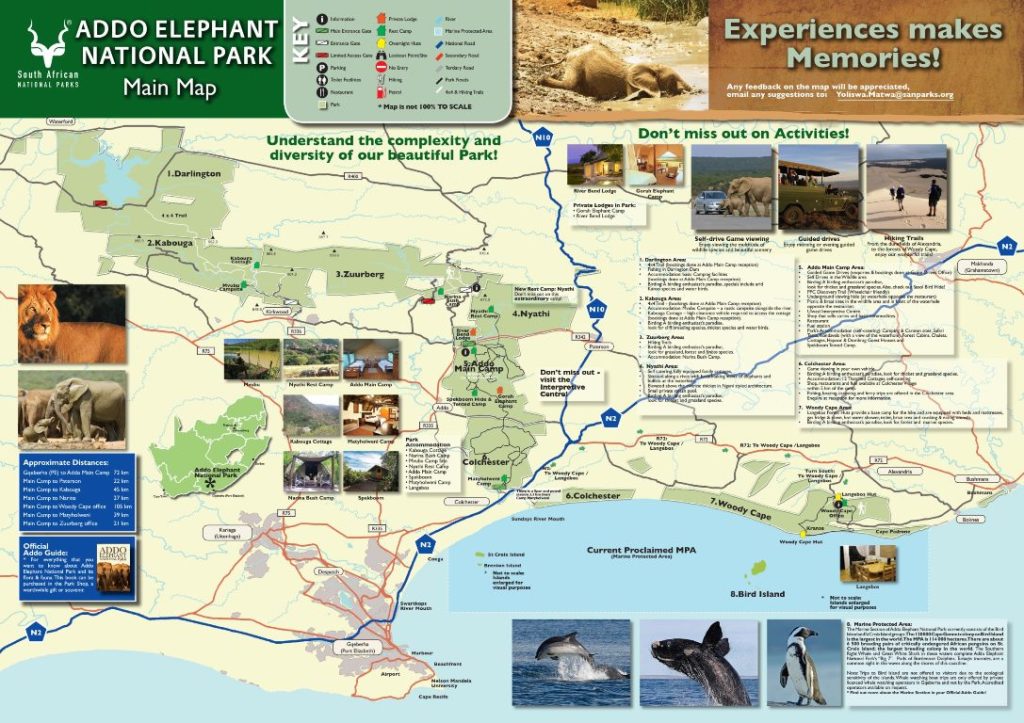
One of the most striking things about Addo’s elephants is how relaxed they seem around vehicles. Unlike their more cautious cousins elsewhere, Addo’s elephants often saunter confidently along roads, unbothered by human presence.
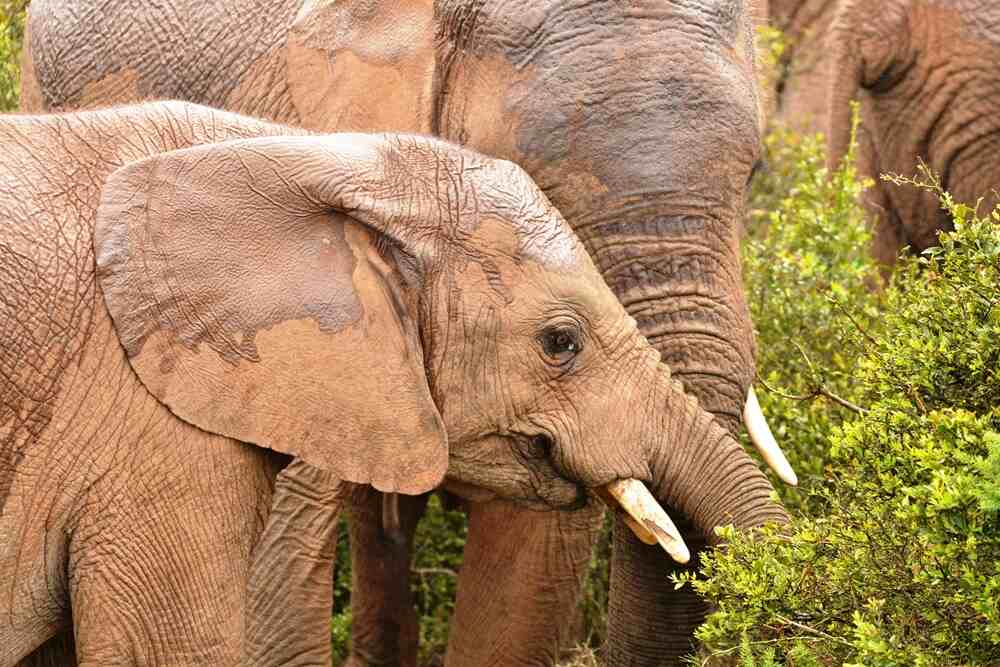
It’s not just a great photographic opportunity, but a powerful message about what focused conservation can achieve. Today, more than 600 African elephants roam freely across their vast landscapes, and they’re not the only ones thriving.
Wildlife in the Addo Elephant National Park
The Addo flightless dung beetle, found only in this region, plays a crucial role in the ecosystem by recycling dung. Keep an eye out as these little legends often cross the roads, reminding you that every creature has its part to play. In the Addo Elephant National Park, these guys have the right of way.

Talking about small visitors – the Woody Cape section is home to a unique tree dassie, though we doubt you will see it in the open like its rocky counterparts.
The game area is full of elephants, but you will also find zebra (Burchell’s in the main game area, and Cape mountain zebra in the Darlington section), kudu, red hartebeest, and many more. The park is also home to elusive predators like the leopard and the caracal. Although leopards must be a massive challenge to see in the dense thicket vegetation, Addo remains the only national park where I have seen a caracal in broad daylight.
Did you know: Cape mountain zebras are also found in Mountain Zebra National Park. This Eastern Cape gem is worth exploring.
Birding in Addo – more than 400 species
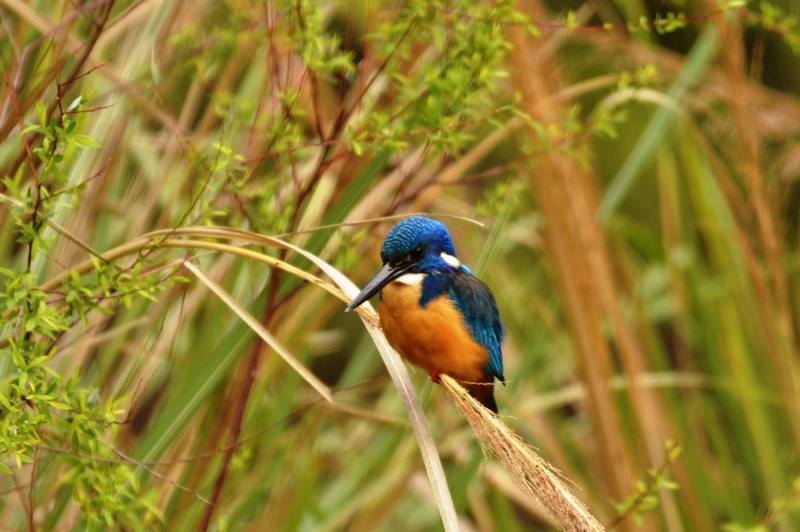
Birders, take note: Addo Elephant National Park is a birding paradise. More than 400 bird species occur in the park. From the melodic bokmakierie often spotted in the rest camp gardens to elusive forest dwellers like the Knysna turaco and Narina trogon in the Alexandria Forest (Woody Cape section), the park offers an incredible variety of habitats for feathered finds.
Top choices to keep busy while you visit Addo
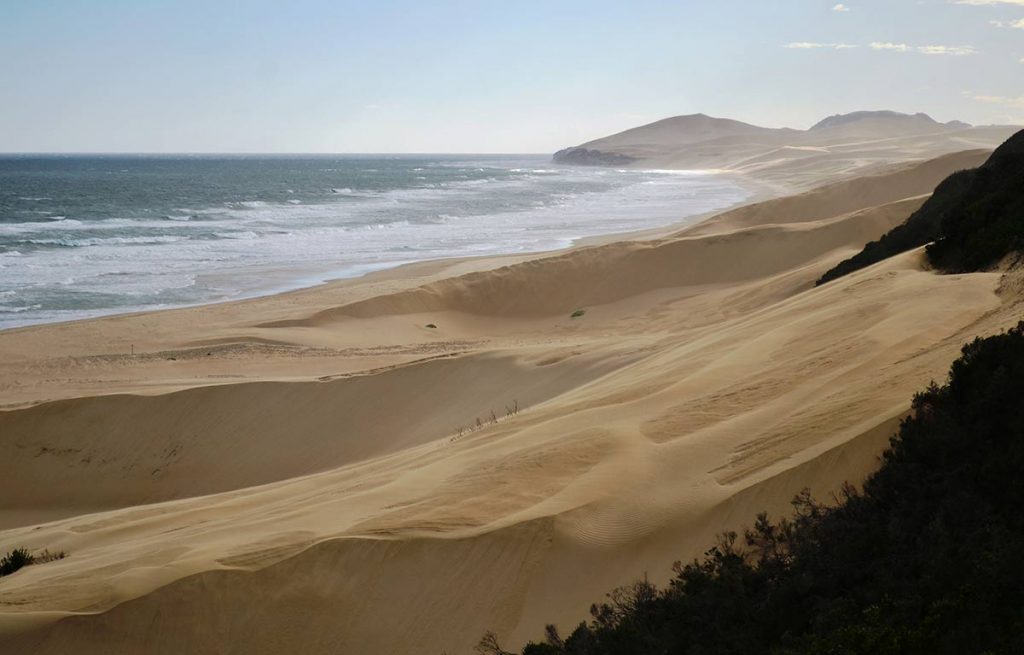
Whether you’re an adventurer or a slow traveller, Addo has plenty of ways to explore:
- Guided game drives: Nothing beats sitting back and relaxing while an experienced guide does all the work, while sharing their vast knowledge with you. I was once in awe when a guide pointed out that a black rhino walked the area purely by looking at the angle of a bitten-off scrub branch.
- Alexandria Coastal Dunefield: Visit one of the largest, least degraded active dune systems in the Southern Hemisphere. The area is home to middens containing shells and bones of animals eaten by the nomadic ‘Strandloper’ people. There are also fragments of pottery and stone implements.
- Bedrogfontein 4×4 Trail: Ideal for those with a sense of adventure and an interest in Anglo-Boer War history.
- Hiking and walking:
- PPC Discovery Trail: This short walk inside the main camp consists of a loop suitable for wheelchair users and visually impaired visitors.
- Alexandria Hiking Trail (36km): A bucket-list hike through forest, dunes, and coastline.
- Tree Dassie Trail: A shorter 7km scenic loop in the Woody Cape section for those who prefer a lighter walk.
- Zuurberg Trails: The Zuurberg section has 2km and 8km options.
Where to sleep
If you’re heading to Addo, plan to stay at least two nights, but a week is much better. There’s too much to rush and many different regions to explore.
- Main Rest Camp: Offers a variety of options, from campsites and glamping to self-catering chalets and family cottages.
- Matyholweni Rest Camp: Situated only 3km away from the N2 highway, it is the quickest way to get into the park. This camp is not as developed as the main rest camp.
- Spekboom Tented Camp: The tented camp is in the main game area with a waterhole.
- Nyathi Rest Camp: Only 12km from the main rest camp at the foot of the majestic Zuurberg Mountains overlooking a floodplain. Each unit boasts spectacular views and a private splash pool.
- Narina Bush Camp: For those who want to go off-grid in the heart of nature.
- Woody Cape Section: The rustic Langebos Huts offer a wilder experience on the coastal edge of the park in two wooden cabins
- Private Lodges: Want to splurge? Addo’s luxury concession lodges combine elegant accommodation with guided safaris and exclusive access to hidden parts of the park.
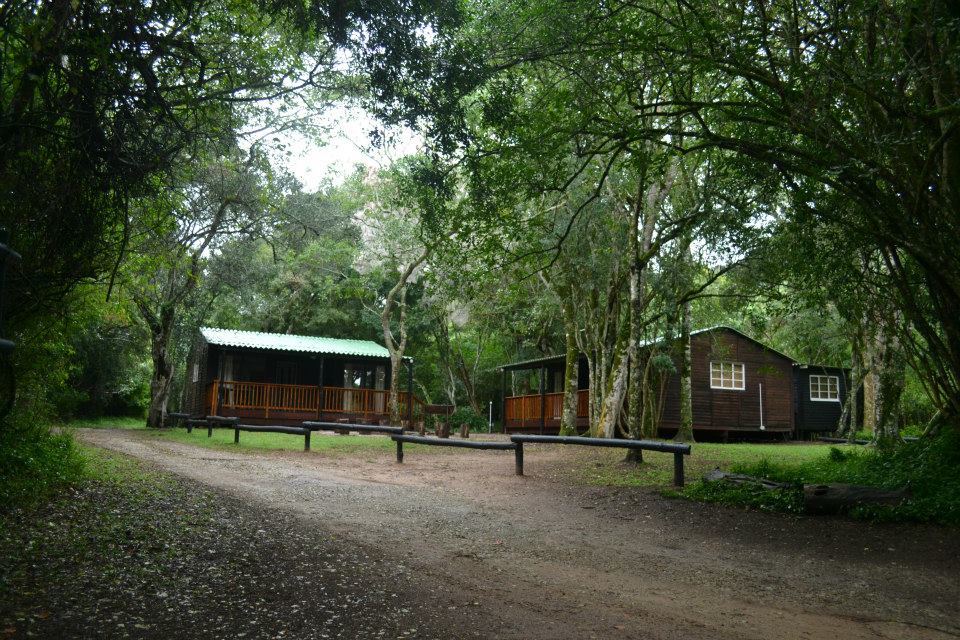
If you don’t have time to spend a few nights, you can still visit Addo as a day visitor. You may be interested in reading our guide for day visitors to South African National Parks.
Why the Addo Elephant National Park should be on your bucket list
From near extinction to a thriving elephant population, from humble dung beetles to the mighty Big Seven, every inch of this park is a reminder of how resilient nature can be when we give it a chance.
The park is full of magic!
Whether you’re road-tripping through the Eastern Cape, planning a weekend getaway, or seeking a safari with a twist, Addo Elephant National Park is the kind of place that stays with you.
Family-friendly escape?
The main rest camp is perfect for the younger family members. Not only is there an interpretive centre, but also an interactive play area for the kids. Take the youngsters to the underground hide. If you are lucky, you can spot some elephants and other wildlife drinking at eye level.
Take your time. Watch the elephants. Look for beetles. Breathe in the silence. Addo’s magic is in the details. Visit www.sanparks.org for details and bookings.
We can stay wild together. Join the Never-ending Nature social tribe Facebook, Instagram and X for daily doses of wilderness, wonder, and wildlife oddities.
Love stories like this one?
See more of our content under our latest posts. You can also join others like you by subscribing to our newsletter.
Loved our post about the Addo Elephant National Park? Share it on social media, or leave a comment below sharing your favourite memories.
